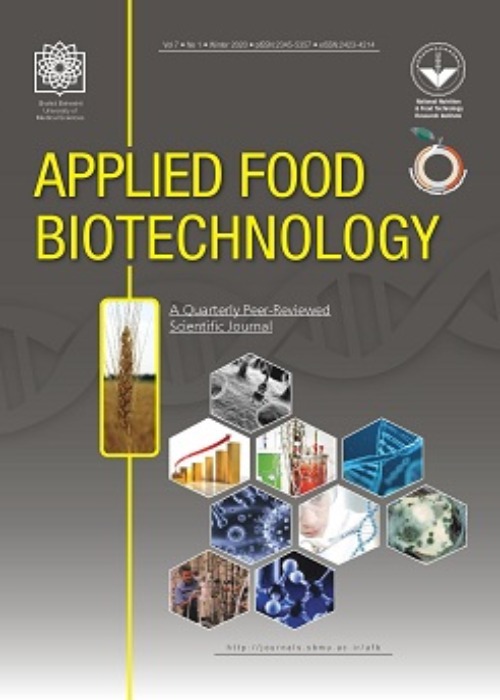Bioinformatics Evaluation of Plant Chlorophyllase, the Key Enzyme in Chlorophyll Degradation
Author(s):
Abstract:
Background And Objective
Chlorophyllase catalyzes the hydrolysis of chlorophylls to chlorophyllide and phytol. Recently, several applications including removal of chlorophylls from vegetable oils, use in laundry detergents and production of chlorophyllides have been described for chlorophyllase. However, there is little information about the biochemical characteristics of chlorophyllases.Material and
Methods
35 chlorophyllase protein sequences were obtained from the National Centre for Biotechnology Information database. All of the sequences were analyzed using bioinformatics tools for their conserved domain, phylogenetic relationships and biochemical characteristics.Results and
Conclusion
The overall domain architecture of chlorophyllases consisted of the esterases/lipases superfamily domain over their full length and the alpha/beta hydrolase family domain over the middle part of their sequences. Plant chlorophyllases could be classified into 4 clades. Molecular weight and pI of the chlorophyllases ranged 32.65-37.77 kDa and 4.80-8.97, respectively. The most stable chlorophyllase is probably obtained from Malus domestica. Chlorophyllases form Solanum pennellii, Triticum aestivum, Triticum urartu, Arabidopsis lyrata, Pachira macrocarpa, Prunus mume and Malus domestica were predicted to be soluble upon overexpression in Escherichia coli, Beta vulgaris and Chenopodium album chlorophyllases were predicted to form no disulfide bond. Chlorophyllases from Jatropha curcas, Amborella trichopod, Setaria italica, Piper betle, Triticum urartu and Arabidopsis thaliana were predicted to be in non-N-glycosylated form.Conflict of interest: The authors declare no conflict of interest.
Keywords:
Language:
English
Published:
Applied Food Biotechnology, Volume:4 Issue: 3, Summer 2017
Pages:
167 to 178
https://magiran.com/p1720616


